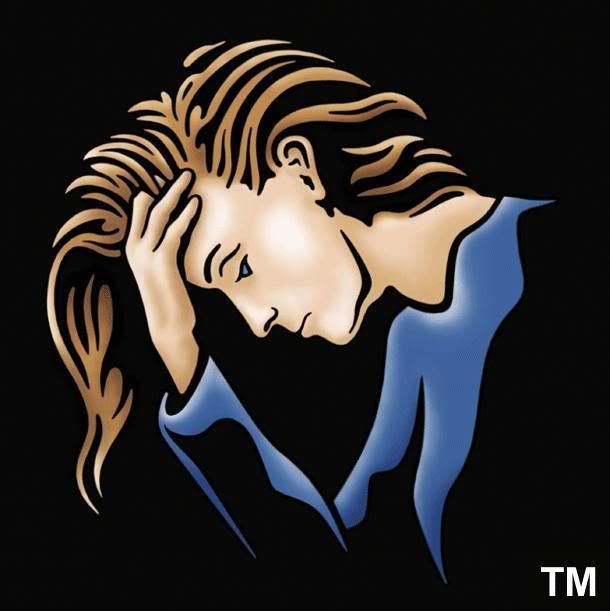today i'm on MC...actually dah g office..dah buat keje pun..then sakit kepala sgt..dah telan uphamol 650..but still same....actually, smalam ptg pun camni gak...telan panadol trus tido..takkan kat ofis aku nak tido kan...so my collegues suggest suh pi amik MC..i kluar office almost 1130..then straight away blk rwg n jumpe doctor..dpt ubat migrain...so the whole day rest..smbl layan dvd...

What is a headache?
Headache is defined as pain in the head that is located above the eyes or the ears, behind the head (occipital), or in the back of the upper neck. Headache, like chest pain or dizziness, has many causes.
What are the causes of headaches?
There are two types of headaches: primary headaches and secondary headaches. Primary headaches are not associated with (caused by) other diseases. Examples of primary headaches are migraine headaches, tension headaches, and cluster headaches. Secondary headaches are caused by associated disease. The associated disease may be minor or serious and life threatening.
How common are primary and secondary headaches?
Tension headaches
are the most common type of primary headache; as many as 90% of adults have had or will have tension headaches. Tension headaches are more common among women than men.
Migraine headaches
are the second most common type of primary headache. An estimated 28 million people in the United States (about 12% of the population) will experience migraine headaches. Migraine headaches affect children as well as adults. Before puberty, boys and girls are affected equally by migraine headaches, but after puberty, more women than men are affected. An estimated 6% of men and up to 18% of women will experience a migraine headache.
Cluster headaches
are a rare type primary headache, affecting 0.1% of the population. An estimated 85% of cluster headache sufferers are men. The average age of cluster headache sufferers is 28-30 years, although headaches may begin in childhood.
Secondary headaches have diverse causes, ranging from serious and life threatening conditions such as brain tumors, strokes, meningitis, and subarachnoid hemorrhages to less serious but common conditions such as withdrawal from caffeine and discontinuation of analgesics.
Many people suffer from "mixed" headache disorders in which tension headaches or secondary headaches trigger migraine headaches.
For more info click here


0 comments:
Post a Comment